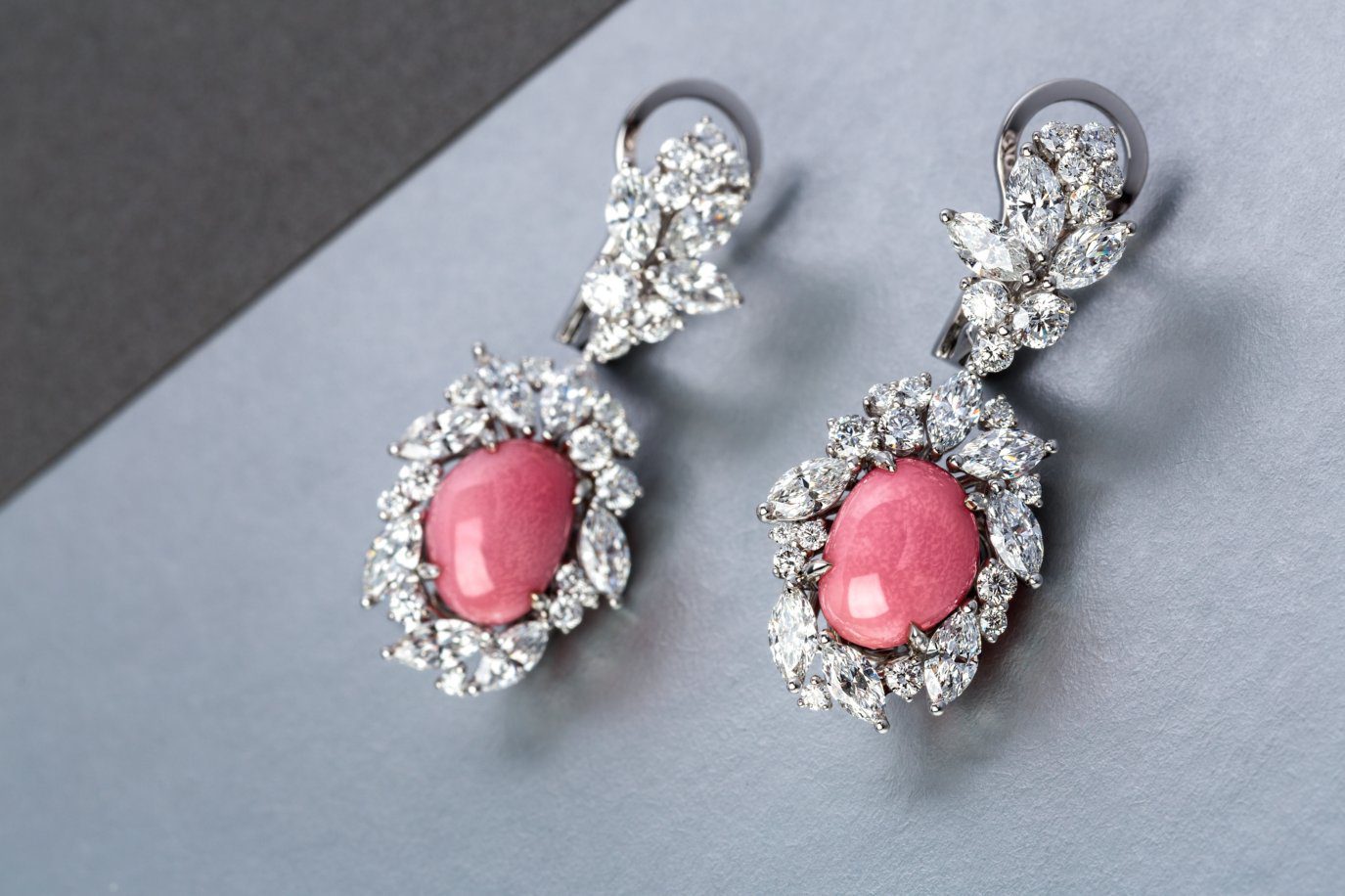Conch Pearl Buying Guide
Considering a conch pearl buying trip to the Caribbean? Quality factors for these gems differ from colored gemstones. Before you make a purchase, learn to evaluate their unique flame structure and other features.
4 Minute Read
Related Articles
Calcareous Concretions Value, Price, and Jewelry Information
Several species of marine mollusks produce stony growths called calcareous concretions or non-nacreous pearls. Varieties such as conch pearls, tridacna...
Read More
Seven Famous Pearls and Their Histories
Cursed, perfect, or just huge, these famous pearls are fascinating. Read their history-rich tales filled with people like Kublai Khan...
Read More
Gemstone Doublets, Triplets, and Other Assembled Stones
Made from two or more materials, assembled gems can make durable and affordable jewelry. Learn more about gemstone doublets, triplets,...
Read More
Tridacna Pearl Buying Guide
Clam pearls can grow to be some of the largest in the world. Learn more about these aquatic gems and...
Read More
Latest Articles
800 Years of Mogok: A Celebration in Tenuous Times
As Mogok, Myanmar prepares to celebrate its 800th anniversary, the inhabitants of this prolific gem producing region face an uncertain...
Read More
What is the Average Gemstone Faceting Yield?
What’s the average gemstone faceting yield from a single piece of rough? Learn how to estimate how much material you’ll...
Read More
Pyroxmangite Value, Price, and Jewelry Information
Pyroxmangite grains are rare, seldom clean enough to facet, and difficult to cut. However, when cut, they are extremely beautiful...
Read More
How to Identify Emerald Simulants and Synthetics
Gemologists can separate natural emeralds from emerald simulants and synthetics. Learn about the most common tools and techniques for this....
Read More
Never Stop Learning
When you join the IGS community, you get trusted diamond & gemstone information when you need it.
Get Gemology Insights
Get started with the International Gem Society’s free guide to gemstone identification. Join our weekly newsletter & get a free copy of the Gem ID Checklist!
